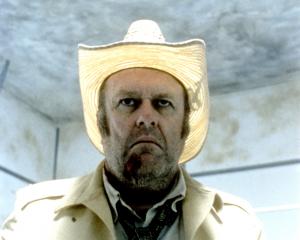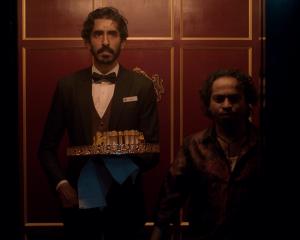A new documentary, In the Shadow of the Moon, by British director David Sington harks back to that age, which may help explain the rave reviews it has garnered in the United States.
Many observers believe that it may be just the trigger necessary for a badly needed bout of national pride in America.
By comparison, America today is obsessed with terrorism, the war in Iraq and international threats to its citizens' safety.
In the Shadow of the Moon harks back to a very different era.
In the '60s and '70s, the world watched with open admiration as American heroes flew across a quarter of a million miles of space to plant the Stars and Stripes on the moon's surface.
Most people have forgotten quite what those heady days meant. Hence the patriotic nostalgia that is enveloping the film.
"There is a harking back to 'golden age' moments," said Prof Robert Thompson, a popular culture expert at the University of Syracuse in upstate New York.
"The moon landings were the greatest of American adventures and of all human achievements."
"Remember when we used to look up," says the film's tag line, a reference not just to the days when the world gazed at the moon but when it also looked up to the United States.
Director Sington said he had not set out to exploit American nostalgia.
"I just thought it was a wonderful story. Nevertheless, I have had so many people come up to me at screenings and say: `Thank you for making me feel proud to be an American again'."
Sington added that at one screening the astronaut Ed Mitchell, who flew on the Apollo 14 mission, arrived with his son Adam.
"After the film, Adam - now an adult - was in tears.
He told his father: `I knew what you did, but I never understood what it meant until now'."
The Apollo programme was a remarkable technological achievement.
It absorbed 5% of the US federal budget at the time and involved nine flights to the Moon, of which six landed on its surface.
A total of 24 astronauts took part in the missions.












